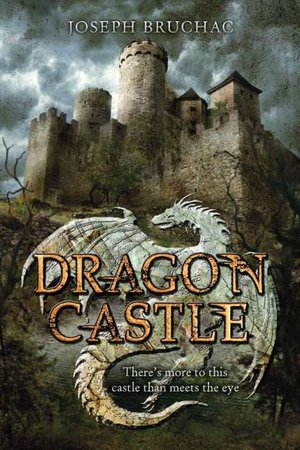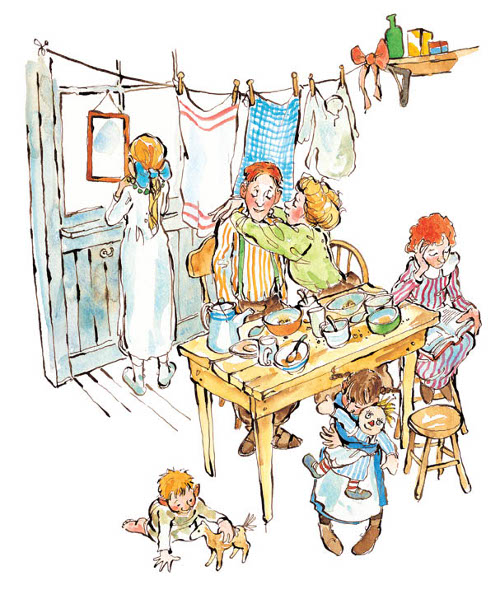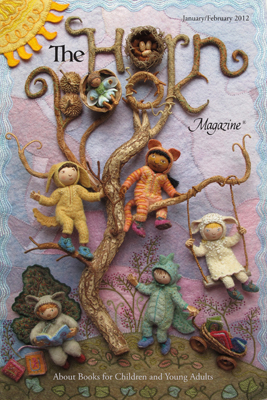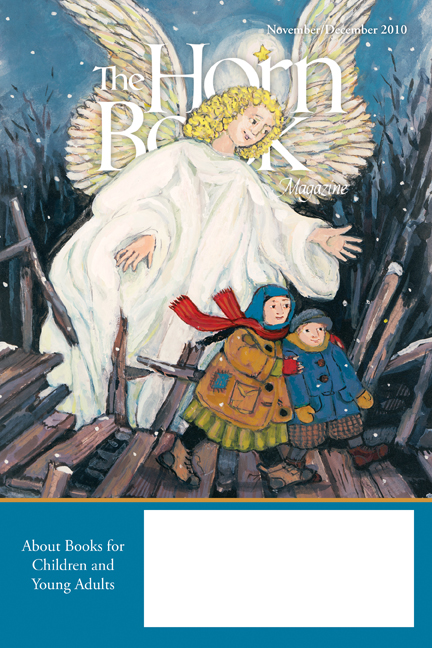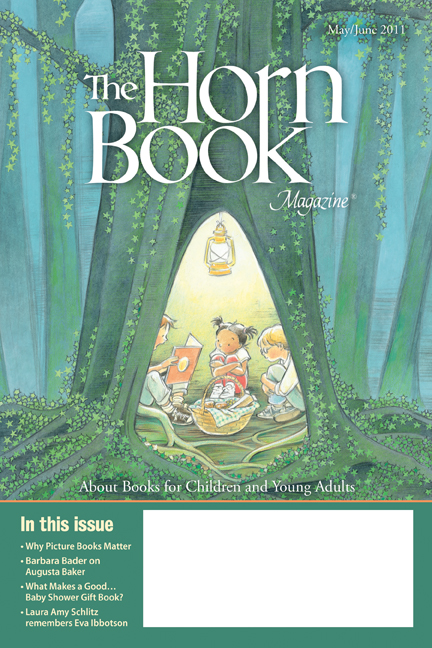 A Monster Calls: A novel by Patrick Ness, inspired by an idea from Siobhan Dowd (Candlewick, 2011) is a heartrendingly beautiful book, one of the year's best. It's being considered for all sorts of awards, including the Cybils, where it's a finalist in the Middle Grade Fantasy and Science Fiction category.
A Monster Calls: A novel by Patrick Ness, inspired by an idea from Siobhan Dowd (Candlewick, 2011) is a heartrendingly beautiful book, one of the year's best. It's being considered for all sorts of awards, including the Cybils, where it's a finalist in the Middle Grade Fantasy and Science Fiction category.
But is that where it belongs? If the monster is real, existing as a physical entity (that's the definition in Webster's Dictionary), then yes: the book is fantasy. But if the monster is only metaphorical, then no, because otherwise it's set firmly in the real world, the one where mothers die of cancer, and there are bullies at school, and you're only thirteen. That one. Ours.
I happen to think that the monster is both real and metaphorical: that's the source of its power. But if I had to categorize the book itself, I think it would be fantasy, on the strength of passages like this one:
It had been a dream. What else could it have been?
When he'd opened his eyes this morning, the first thing he'd looked at was his window. It had still been there, of course, no damage at all, no gaping hole into the yard. Of course it had. Only a baby would have thought it really happened. Only a baby would believe that a tree--seriously, a tree--had walked down the hill and attacked the house.
He'd laughed a little at the thought, at how stupid it all was, and he'd stepped out of bed.
To the sound of a crunch beneath his feet.
Every inch of his bedroom floor was covered in short, spiky yew tree leaves. (11)
This monster leaves more than a trace--he leaves a floor covered in needles, or in red yew tree berries (37). Those aren't metaphors (Conor has to bag them up and throw them in trash, after all). Or if they are metaphorical, they are also, definitively, real.
The multiple meanings of the words real and fantasy complicate these arguments. Emotions are also real, even though they don't exist as physical entities. And it seems paradoxical that the more real something might be, the more firmly a book that is all about raw, real emotion becomes (just?) a fantasy book.
Now, whether this is a middle grade or a young adult book is also up for debate (Monica Edinger of educating alice originally nominated it as YA Fantasy). I don't think this is necessarily a coincidence: extraordinary books are often difficult to categorize. A Monster Calls isn't even the only book on our list that begs these questions. Many thanks to Zoe of Playing by the book for bringing them up (in the comments on another post). Now it's your turn.
